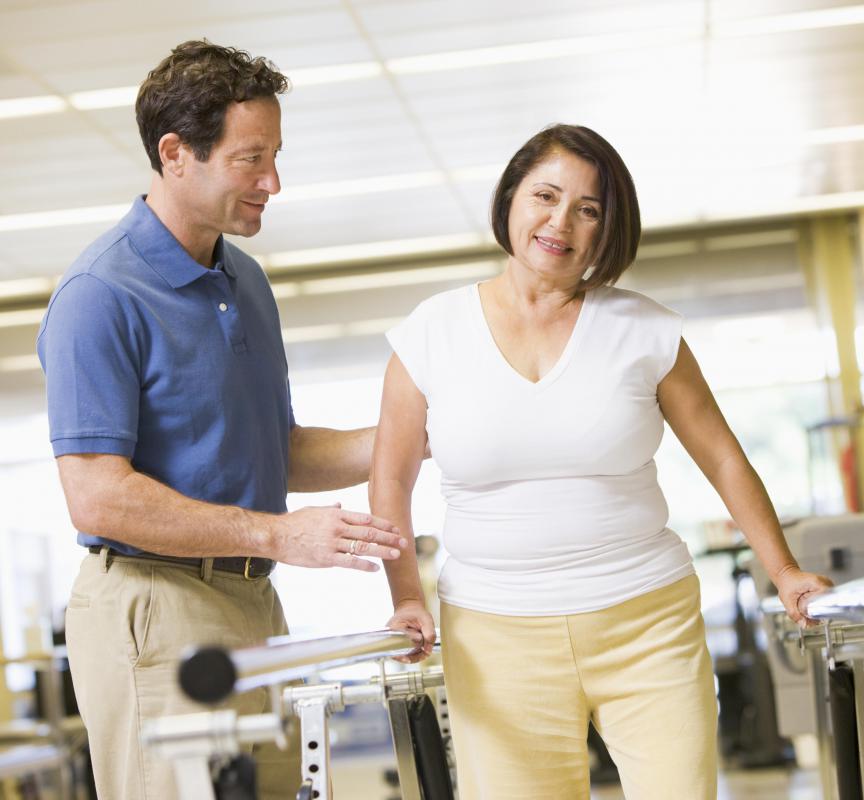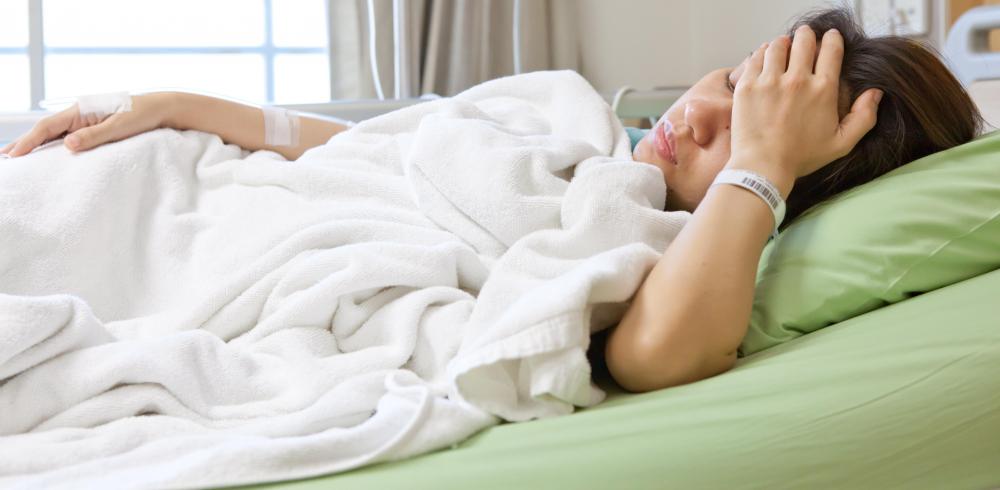At TheHealthBoard, we're committed to delivering accurate, trustworthy information. Our expert-authored content is rigorously fact-checked and sourced from credible authorities. Discover how we uphold the highest standards in providing you with reliable knowledge.
What is a Groin Strain?
A groin strain is an injury that can affect men or women of any age, though it is most prominent in athletes and individuals who perform repetitive bending, stretching, and lifting tasks. The injury occurs when the adductor muscles in the upper, inner thigh are overly stretched or torn. Individuals with mild strains often experience soreness, inflammation, and swelling, while people with more severe injuries may suffer intense pain, muscle stiffness, and an inability to move around. Doctors usually recommend that groin strains be treated with rest, ice, heat, stretching exercises, and pain medication.
A number of actions and activities can result in a groin strain. Adductor muscles become strained due to repetitively stretching and straining them over the course of one or more days. A groin strain can also result from a single incident of stretching the muscles beyond their comfortable range of motion. Some individuals experience strains when they are hit in the thigh with a heavy or quickly moving object, such as a baseball.

The symptoms of a groin strain can range from moderate swelling and soreness to severe, debilitating pain. An individual with a mild strain, in which the adductor muscle fiber is stretched but not torn, often experiences bruising, local swelling, and slight discomfort. Mild strains usually do not limit a person's ability to engage in regular activity. A moderate groin strain, where muscle fibers begin to tear, results in tenderness, inflammation, swelling, and pain when walking or playing a sport. A person who experiences severe tearing of muscle fibers may not be able to walk or stand due to serious pain, stiffness, and dark bruising.

An individual who believes he or she has suffered a groin strain can usually treat the injury at home and recover in as little as two to three weeks. The most effective home remedies for a strain are rest and light stretching before attempting to walk around. Alternating between heat and ice packs, elevating the injured leg, and wearing a compression bandage can reduce swelling and speed up recovery time. More severe injuries may require a trip to the doctor's office, where a physician can examine the strain, prescribe anti-inflammatory and pain medications, and possibly recommend physical therapy to strengthen damaged muscles. Recovery from a severe groin strain can take up to three months, and the likelihood of recurring injuries is high.

Athletes and physical laborers can take several preventative measures to lessen their chances of developing groin strains. Individuals can perform stretching exercises before engaging in physical activity to warm up their muscles. Strengthening drills, including weightlifting and sprints, help to significantly reduce the likelihood of torn muscles.
AS FEATURED ON:
AS FEATURED ON:
















Discuss this Article
Post your comments